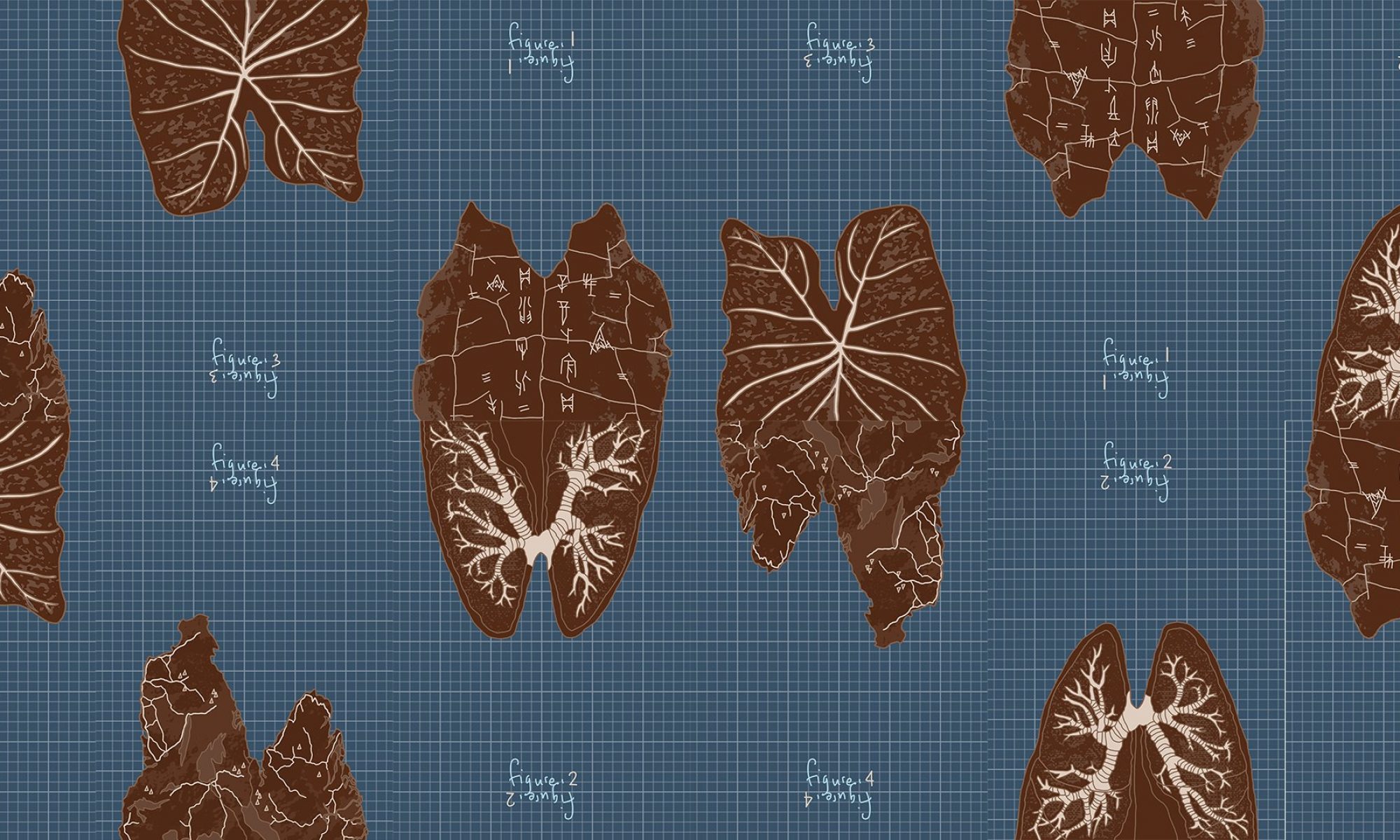In “Life Circuit: I/O”, I think the artists were trying to not just recreate but reinterpret the activities and chaos of daily life that surrounded people in the setting of a bar, as it did in the past era of Korea that Lee was trying to capture in his original work. Instead of noise and sights coming from the natural surroundings or participants themselves, “Life Circuit: I/O” generates images and noise from live footage and technologies, seeming to reference the age of technology and visual and media culture we live in. In the same way that present day’s immense amount of information and media overwhelms the ordinary person, the music and lights produced by the DJ (conductor of the performance) create an environment that overwhelms the viewer with stimuli. What is usually perceived as background noise (visual and audio), INTER-MISSION manipulates to grip everyone’s attention with a different perspective on everyday life. What people usually ignore, engrossed in conversations amongst themselves at a bar, the artists amplify and use to drown out conversation (I struggled to hear myself, much less my friends with all the noise). Within the cacophony of images projected in the environment, a performer also projects that of his own face through a “reinvented selfie-stick”. This particular action provoked reflection on how the individual is lost and disappears so easily within such a culture – the image of his face blending in with other lights bathing the gallery. Likewise, the disappearance and quick transitions between footage of everyday life, provoked reflection on the difficulty of reaffirming our fleeting existence – via technologies and media that made expressions of our existence even more so, fleeting.
However, the context of the performance being held within the setting of another installation, just as charged with its own messages and spatial directions, I felt, undermined the effectiveness of its delivery of experience and understanding. In my opinion, if the performance had been carried out in a separate environment or dedicated space of the gallery, viewers would have been better able to focus on the essential parts of the work (music, screenings, movements etc.), without the setting of Korean bar tables and furniture confusing rather than enriching their interpretation. Personally, not knowing that the installation was a stand-alone work, not conceived specifically as a ‘stage’ for the “Life Circuit: I/O” performance, I had initially tried to weave the (almost) distinct intentions and artistic languages of both works together to understand the performance. I ended up with guesses I was not too persuaded by myself: the artists wanted to transport viewers to Korea’s past, but also have it intersect with the multiple realities of the present live-streamed from different locations. Why bother with the Korea bit, I don’t know. I suspect I was not alone in questioning why Singaporean drinks and kueh were served at Korean tables by attendants in hanboks either. I considered things like these distracting in my understanding of the performance experience.


Although I am sure that INTER-MISSION was asked to produce a work to respond to Lee Kang-So’s installation and the setting it created specifically. The only value that I think “Disappearance, Bar in the Gallery” provides for “Life Circuit: I/O” is the spirit of experimentation and participation it embodies–which INTER-MISSION pays tribute to and expands and explores in a different form.


Lee Kang-So was one of Korea’s representative contemporary artists who advocated for the experimental arts in his practice, combining installations, happenings and new media technologies. His work thus seems to set up a meaningful stage for INTER-MISSION to experiment with the intersections between video art, music and performance. In “Life-Circuit: I/O” as well, viewers are transformed into participants – by default – as they are recorded (without consent) on footage and screened in the environment. This contrasts with the more active nature of participation that viewers of Lee’s work had when they engaged in conversations with one another over Korean drinks and snacks. Ultimately, I think “Life Circuit: I/O” could have been designed to better relate to Lee’s “Bar in the Gallery” within our present time and space. If the confusion that arose from the intersections of multiple realities (Korea’s past referred to in the original work, the present inhabited by viewers in the National Gallery of Singapore, and the present live-streamed by the Japanese artist collaborator) was intentional however, then I guess the work was successful. It was most puzzling to interpret, notwithstanding the engaging experience it offered with blaring lights and sounds.

